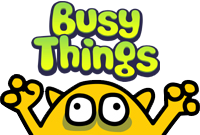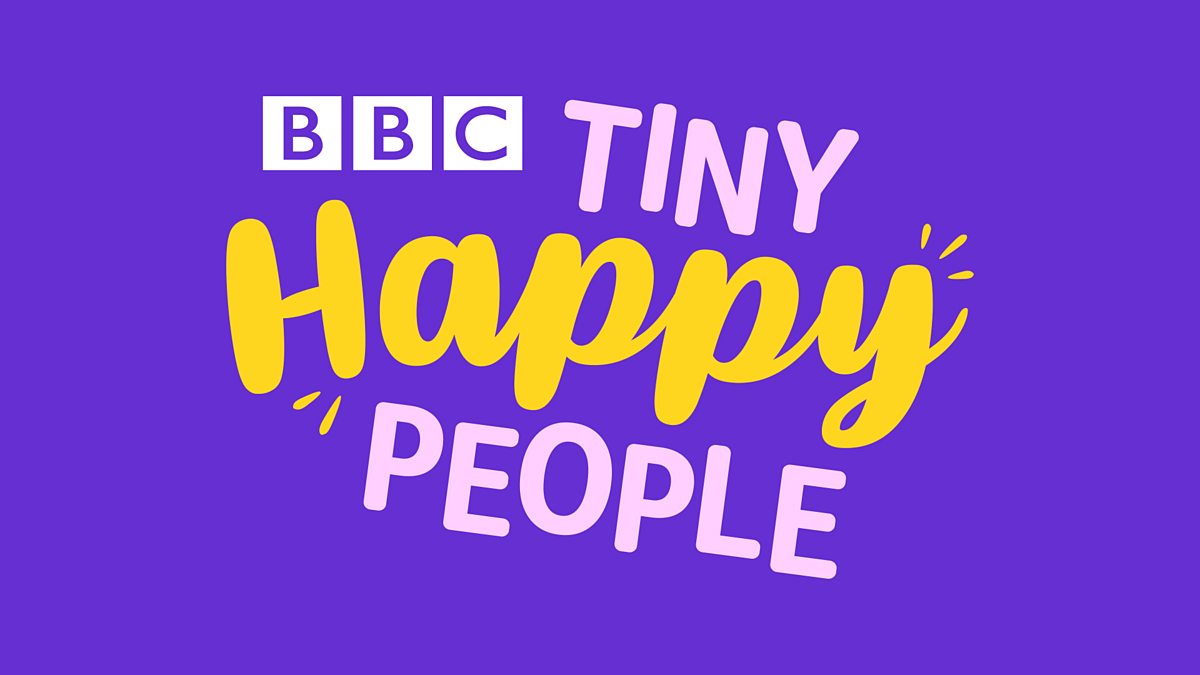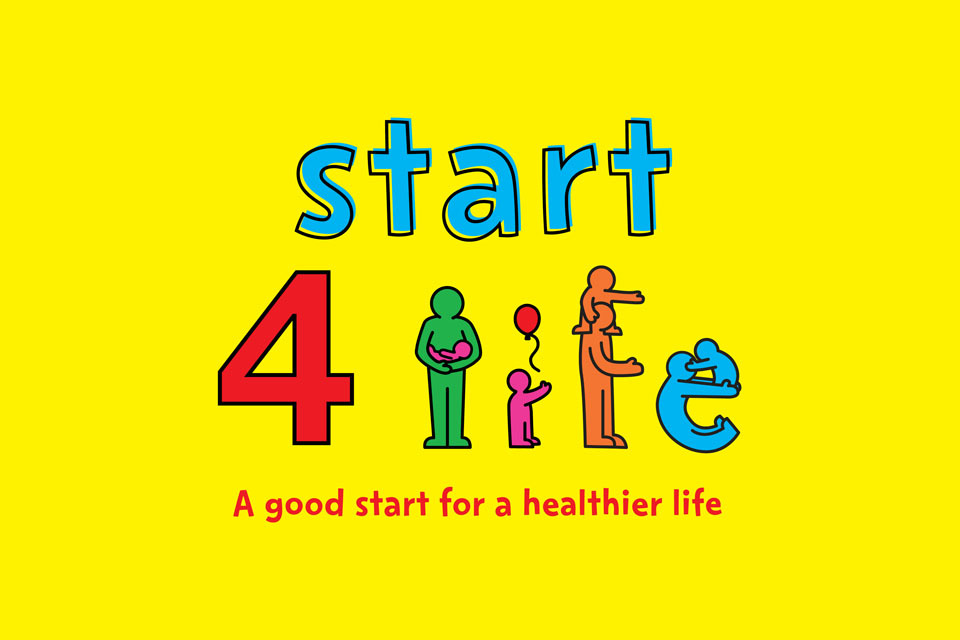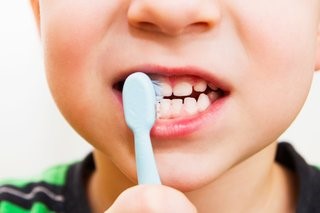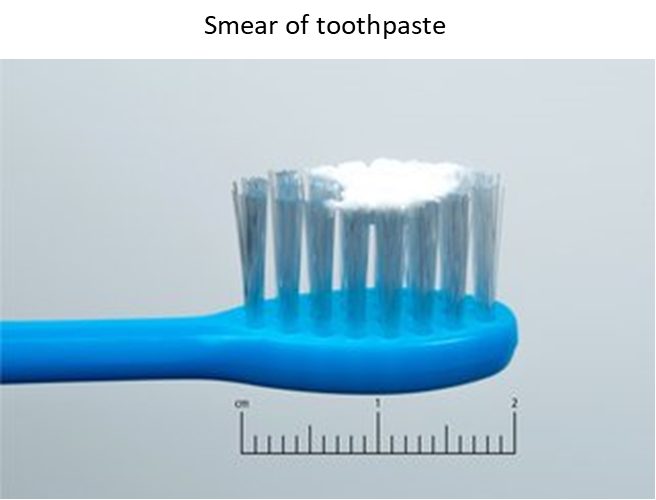Early Years
"Children in the Reception Year are happy and confident in their environment. Through their warm encouragement, staff help children to listen attentively to stories and develop their spoken language and vocabulary." - Ofsted March 2022
At Chapelford we have highly skilled practitioners who provide your child with the greatest start to their educational journey.
Please contact a member of the team if you need any support or advice.
(Staff will only check and respond to emails during working hours)
EYFS
Year 1 Documents
Supporting Your Child
At Chapelford Village we follow the Read Write Inc. phonics scheme starting in EYFS and continuing through Key Stage One.
More information about Read, Write inc. and resources can be found by clicking the icon above
Early in the Academic Year we have a phonics meeting with all new parents to explain how we learn to read in school and some top tips for encouraging a lifelong love of reading at home.
EYFS - Phonics
Handwriting can sometimes be a frustrating thing to learn! But there’s a lot you can do to help. Support your child to get into good habits early and they’ll really benefit later in their school life – and beyond.
How to help at home
Here are some ways you can support your child as they practise their handwriting:
1. Check the pencil grip
Make sure your child adopts the correct pencil grip from the start – it is almost impossible to correct bad habits later. See below for the different stages of pencil grip.
2. Are you sitting comfortably?
When your child is writing, make sure they are sitting comfortably with their feet touching the floor or a footrest. Writing is easier when you have a stable body.
4. Write in the sand
Give your child opportunities to do some non-permanent writing. This takes the pressure off early writers – if their handwriting isn’t perfect, they can just wash or brush it away and start again.
Write in the sand at the beach. Write in the mud at the park. Fill a clear sandwich bag that closes with some washing-up liquid and glitter; get your child to write (gently) on this. Ask your child to write letters or words on your back with their finger – can you guess what it is?
5. Get crafty
Continue to encourage your child to draw, colour, paint, and do crafting activities at home using a range of different materials. These activities all provide opportunities to develop control, fine motor skills, and hand-eye coordination.
Add some writing to the crafts – can they write with chalk, paint brushes or crayons? Can they make an attractive sign for their door or books?
6. Practice makes perfect
Good handwriting needs lots of practise. Practise handwriting with your child a few times every week – perhaps using the week’s spelling words. This will help
them to develop good habits and strong muscles in their hands (and good spelling). Use special handwriting paper to check the position of each letter.
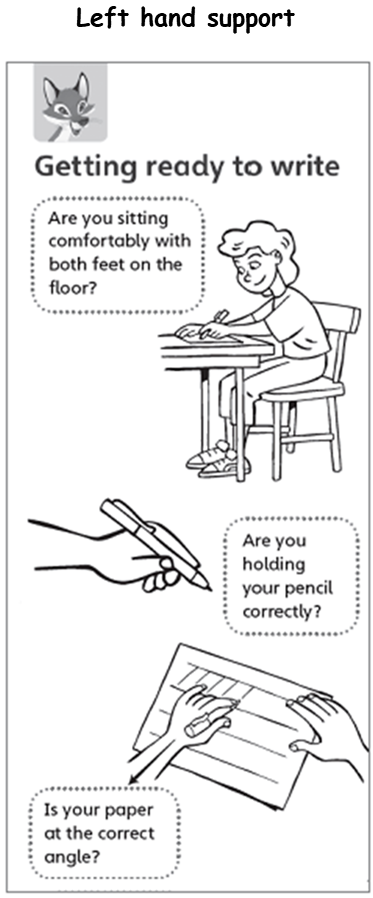
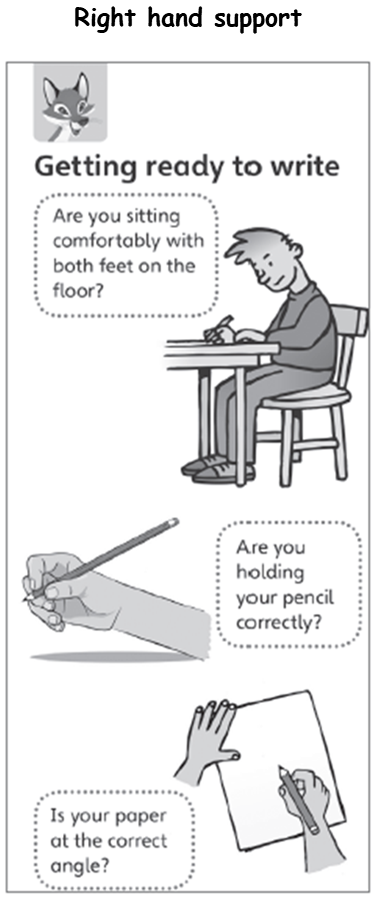
Early Years Handwriting
Children's teeth
From brushing their first tooth to their first trip to the dentist, here's how to take care of your children's teeth.
A regular teeth-cleaning routine is essential for good dental health. Follow these tips and you can help keep your kids' teeth decay-free.
Toothbrushing tips
It's important to use a fluoride toothpaste, as this helps prevent and control tooth decay.
Children aged up to 3 years
- Start brushing your baby's teeth as soon as the first milk tooth breaks through (usually at around 6 months, but it can be earlier or later).
- Parents or carers should brush the teeth.
- Brush teeth twice daily for about 2 minutes with fluoride toothpaste.
- Brush last thing at night before bed and on 1 other occasion.
- Use children's fluoride toothpaste containing no less than 1,000ppm of fluoride (check label) unless a dentist advises family toothpaste containing between 1,350ppm and 1,500ppm fluoride.
- Use only a smear of toothpaste.
- Make sure children don't eat or lick toothpaste from the tube.
Children aged 3 to 6 years
- Brush at least twice daily for about 2 minutes with fluoride toothpaste.
- Brush last thing at night before bed and at least on 1 other occasion.
- Parents or carers should brush teeth.
- Use children's fluoride toothpaste containing no less than 1,000ppm of fluoride (check label) unless a dentist advises family toothpaste containing between 1,350ppm and 1,500ppm fluoride.
- Use only a pea-sized amount of toothpaste.
- Spit out after brushing and don't rinse - if you rinse, the fluoride won't work as well.
How to help children brush their teeth properly
- Guide your child's hand so they can feel the correct movement.
- Use a mirror to help your child see exactly where the brush is cleaning their teeth.
- Make tooth brushing as fun as possible by using an egg timer to time it for 2 minutes.
- Don't let children run around with a toothbrush in their mouth, as they ma have an accident and hurt themselves.
Taking your child to the dentist
- NHS dental care for children is free.
- Take your child to the dentist when their first milk teeth appear. This is so they become familiar with the environment and get to know the dentist. The dentist can advise you on how to prevent decay and identify any oral health problems at an early stage. Just opening up the child's mouth for the dentist to take a look at is useful practice for the future.
- When you visit the dentist, be positive about it and make the trip fun. This will stop your child worrying about future visits.
- Take your child for regular dental check-ups as advised by the dentist.
Fluoride varnish and fissure sealants
- Fissure sealants can be done once your child's permanents back teeth have started to come through (usually at the age of 6 and 7) to protect them against decay. This is where the chewing surfaces of the back teeth are covered with a special coating to keep germs and food particles out of the grooves. The sealant can last for as long as 5 and 10 years.
- Fluoride varnish can be applied to both baby teeth and adult teeth. it involves painting a varnish that contains high levels of fluoride onto the surface of the tooth every 6 months to prevent decay. Some children may need this more often. it works by strengthening tooth enamel, making it more resistant to decay.
- From the age of 3, children should be offered fluoride varnish application at least twice a year. Younger children may also be offered this treatment if your dentist thinks they need it.#
Ask you dentist about fluoride varnish or fissure sealing.
Related News
.jpg)

Related Events



